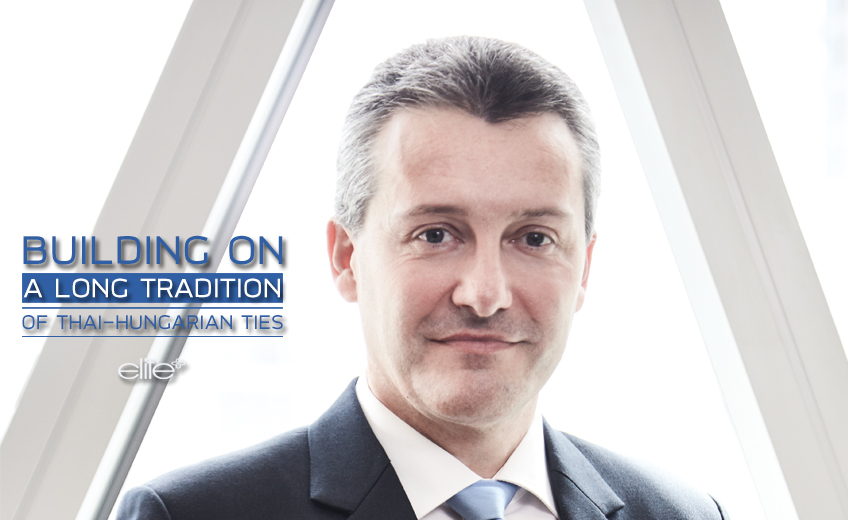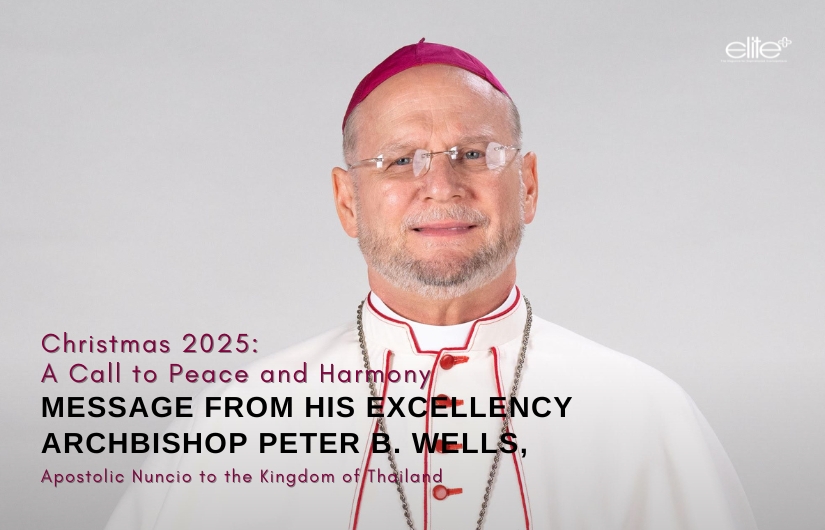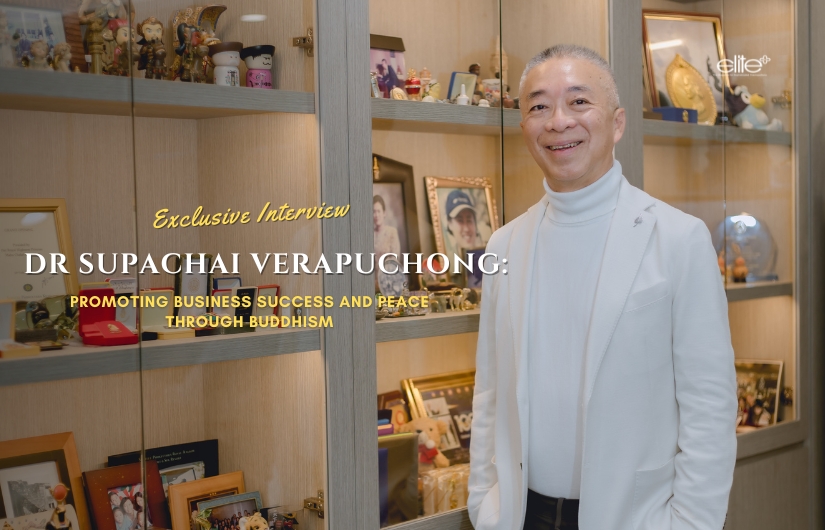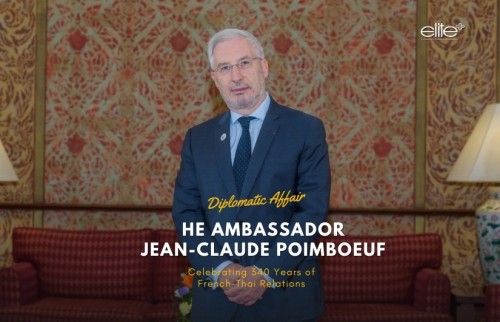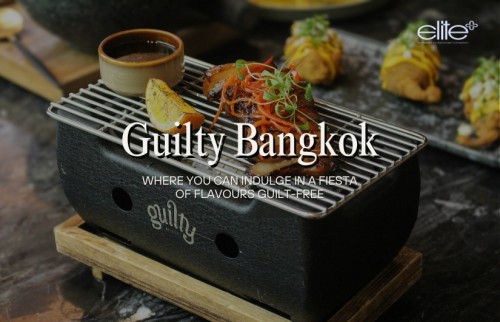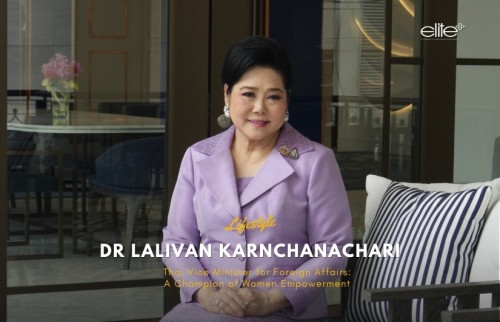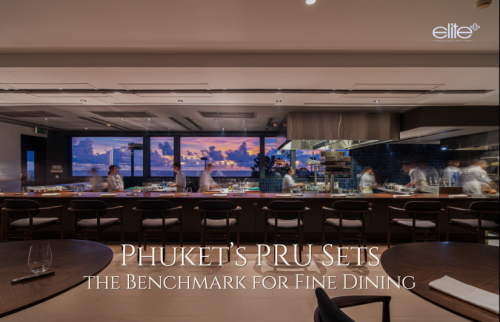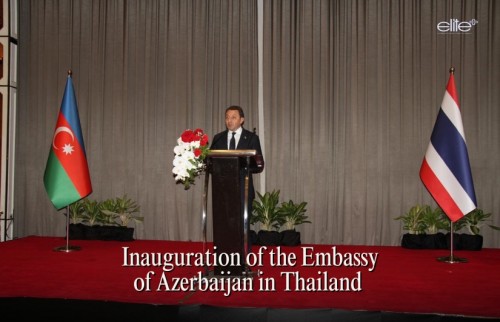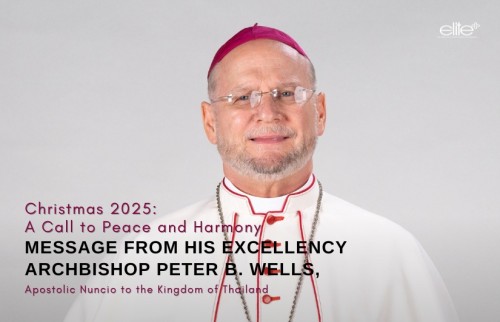Although diplomatic relations between Thailand and Hungary were officially established in 1973, Hungarian Ambassador Peter Jakab prefers to cite a date 145 years ago as the start of bilateral relations. It was in 1872 that the first treaty of amity, trade and navigation was signed between the Austro-Hungarian Monarchy and the Kingdom of Siam.
The first envoy of the monarchy, a diplomat by the name Von Maglód (from a small town called Maglód near the Hungarian capital Budapest), presented his credentials to King Vajiravudh, Rama VI, in 1913, and the first diplomatic representation (then called a legation) opened at the Mandarin Oriental Hotel in 1912. Today there is a memorial plaque in the hotel, unveiled by the Hungarian foreign minister during his visit to commemorate the 100th anniversary of the establishment of the legation in Bangkok.
Since then, many high-level visits have taken place, including two royal and two presidential visits in Budapest and Bangkok, respectively. By now, most possible agreements on political and economic cooperation have been signed between the two nations.
In 1897, one year after the 1,000th anniversary of the foundation of the Hungarian state (the so-called Millennium), King Chulalongkorn, Rama V, visited Hungary as part of his European tour. His Majesty was so impressed by Hungarian agriculture, famous at the time for its quality and cutting edge technology, that he stayed longer than planned to study farming methods and food production, visiting several sites in the countryside.
One agreement, on educational cooperation, has been missing, however, and as part of efforts to tighten the centuries-old friendship, last month the Embassy of Hungary took a further step towards strengthening bilateral relations by signing an agreement on the Educational and Scientific Exchange Programme, which provides 40 full higher education scholarships for Thai students each year.
Ambassador Jakab, who had served as deputy head of mission in Thailand for four years and returned to Bangkok to serve four more years, this time as ambassador, spoke to Elite+ about the new agreement that he hopes will contribute to a closer people-to-people relationship and better cultural understanding between the two countries.
- What are Hungary’s long-term economic development goals in Thailand?
The Hungarian government launched a new initiative called “opening to the East and South”. This is of course not unique to Hungary; everyone realizes Asia is a rapidly emerging market and a new source of investment. We are a member state of the European Union, and our economy is very much dependent on the EU, which is all right; we want to keep this natural interdependency with European countries, but at the same time we would like to diversify our economic relations to diminish our vulnerability to sudden unexpected changes of the market. Within this global policy, ASEAN and one of its most important members, Thailand, play a central role; therefore my main focus here is trade and investment. We have a joint committee on economic cooperation which held its last session in Budapest two years ago and will be hosted by Thailand here in Bangkok early next year.
We also have a subcommittee on agriculture as well as on science and technology. There is close cooperation between the National Research, Development and Innovation Office of Hungary and MOST, its Thai counterpart. Hungarian-Thai joint research projects in the fields of biotechnology, energy and environment were up to 18 million baht for 10 project proposals last year. As both countries are traditionally strong in farming, the agricultural working group is also very active. One example I like to mention is a genetic research project on Thai chilli and Hungarian paprika. Chilli and nam prik are of course iconic ingredients of Thai cuisine, and we also eat a lot of spicy hot paprika in Hungary. I like to eat all the delicious food here the same way Thai people do.
- What are some popular imports from Hungary to Thailand?
The Hungarian economy is very strong now, substantiated by some of the best macro-economic data in Europe, with 4.2% GDP growth in the first half of the year. Thailand is an important trade partner for us, the second most important in ASEAN after Singapore. Trade volume is around $600 million, with an impressive 15% growth in Hungarian exports to Thailand last year. There are Thai investments in Hungary and Hungarian companies invested here too. But there is still room for improvement in both trade and investment.
Power-generating, electrical and industrial machinery comprised the biggest share in the value of exports from Hungary to Thailand last year. Pharmaceutical products are also important, as it is traditionally one of the strongest sectors in Hungary. Wine and foie gras, while not representing a large trade volume, are well known and popular in Thailand. The bulk of Thai exports is also comprised of sophisticated items of electrical equipment, data processing machines and industrial machinery, not just seafood and fruits, but of course these are most readily associated with tropical Thailand in Hungary. Rubber is also important for the automotive industry, which is the largest income-generating sector of our economy.
Thai President Foods, which produces the famous noodle brand “Mama”, is popular in Hungary and other European countries. They invested in Hungary, and having a factory in the European Union the company now produces its internationally marketed products in Hungary using high quality local and Thai ingredients and exports to the rest of Europe with easy access, as there are no borders and custom duties within the EU.
We are constantly working on more potential investment from Thailand, as we have especially high potential in the agricultural and the hospitality industry
- Any large bilateral infrastructure projects or development plans?
There is one recent concrete example I would like to mention. Hungarian petrochemical company MOL, the largest corporation in Central Europe, plans to invest €874 million to introduce the production of polyols and propylene glycols in its new plant. Polyol is the main component of polyurethanes, which are used for example for the production of foams for car seats, dashboards, coatings, adhesives and sealants. The project is planned to be carried out by Thyssenkrupp Thailand, based in the Eastern Economic Corridor, where they will assemble the modules and ship them to Hungary. This cooperation might double the volume of bilateral trade flow between Thailand and Hungary.
Generally speaking, Hungary is a creative country with a rich history of inventions and innovation. I think Hungarian and Thai people are similar in that regard; for example, I especially like the “one tambon one product” (OTOP) concept, which presents distinct products of each area. People in this country constantly come up with new, ingenious ideas. Just to mention one example of a Hungarian invention: Rubik’s cube, which is popular in Asia including Thailand and is considered the best-selling toy in the world.
- What types of cooperation exist between Hungary and ASEAN?
I have already mentioned our policy of “opening to the East and South”. Based on this initiative we have reopened our embassies and consulate generals in the region, closed during the austerities in the wake of the financial crisis, including Kuala Lumpur, Manila and Ho Chi Minh City. Altogether we have seven missions in ASEAN, thus we consider our presence and engagement with the region very important.
Our government launched a scholarship programme for ASEAN in 2013 called “Stipendium Hungaricum”, which also clearly shows our commitment. It started when then ASEAN Secretary General Dr Surin Pitsuwan visited Hungary as a guest of honour of our Ambassadorial Conference and met with our prime minister. At that meeting they came up with this idea to launch a scholarship programme for ASEAN countries that has since proven highly successful. The scholarship programme is now open to students in all the three countries I am accredited to: Thailand, Laos and Myanmar.
- What courses are popular for ASEAN students in Hungary?
Our higher education system is traditionally held in high esteem. The scholarship programme is open for BA, MA and PhD, as well as research projects. Application is online at www.stipendiumhungaricum.hu. As soon as the call for applications opens at the end of this year or early next year, the conditions for application and options will be available. Students have to upload the relevant information online; it is not necessary to contact universities directly. They can apply to all the faculties and all levels of higher education at the universities of Hungary, including a free scholarship and a stipend covering expenses. The Stipendium Hungaricum scholarship provides full coverage of tuition, free accommodation in the dormitory of the university (or in case of a private room 130 EUR monthly), free health insurance, a monthly stipend and free access to the facilities (library, sports, etc.) of the university. All curricula are available in English, but if anyone wishes to study in Hungarian they need to take a preparatory course first.
However, there are already Thai students who speak excellent Hungarian, because my country is a very popular destination for exchange students. What impressed me most was the capacity of these high school girls and boys to speak fluent Hungarian after only a year in Hungary. Within one year, they become culturally and emotionally affiliated to their new home so much that they consider having a second family there. I know this because I always meet these students before their departure and following their return from Hungary.
- What are some similarities in Hungarian and Thai culture?
Creativity and hospitality. Hungarians, especially in the countryside, are very friendly and welcoming, even though they don’t smile as much as Thais. The famous Thai smile is unparalleled in the world. Although not related to Thai, we also have a unique and difficult language. I have been studying Thai for a while, with limited success, but it is well worth it, for every class makes you understand local culture and traditions a little more, the mindset of the people, how they see the world and so on. It is not just showing our respect and appreciation of the culture of the host country, it is very useful living and working in a foreign environment too.
- How do you promote Hungarian culture?
We regularly hold concerts and movie screenings. We also have very good cooperation with the Central European Studies Centre at Chulalongkorn University, which mainly deals with cultural and scientific projects with Central European countries – the Visegrád Four, namely the Czech Republic, Hungary, Poland and Slovakia. Last year, for example, we had an exhibition about the Hungarian explorers of the Orient, which was visited by HRH Princess Maha Chakri Sirindhorn. Her Royal Highness had visited Hungary before and was very interested in our culture and history. This is a unique history in Europe because our ancestors originally migrated to Europe from Asia, and this cultural heritage is very much kept alive in our nation’s collective memory.
- What are some of the challenges of investing in Thailand and ASEAN?
We work with many companies who are doing business here and try to assist them. We always tell them to build trust first and become a trustworthy partner. They need patience and cultural knowledge as well, and they have to familiarize themselves with the market and business environment first to successfully do business in Asia. Our embassy doesn’t have any negative experiences in this regard in Thailand, and our companies are usually satisfied doing business here; we mostly get positive feedback from both sides.
- Do investors face challenges due to political instability?
I agree that political stability is important for companies. However, most Hungarian companies are not present here; they distribute their products through Thai partners.
In terms of labour force, I have always been told by experienced partners, for example during the course of the preparation for the large project of MOL I described before, that Thai skilled workers represent top quality in the world.
- For tourism, what are some popular destinations for Thais?
I would like to begin with some general information based on recent WTO data. The number of arrivals globally grows at 2.1%, but it is triple that in Hungary, with 6%, so this is huge growth. The tourism industry is as important in Hungary as in Thailand, with a similar contribution to the GDP. Needless to say, Thailand is of course popular with Hungarian tourists with a steadily growing number of visitors every year.
The number of Thai tourists arriving in Hungary is also constantly growing, with about 30,000 arrivals from Thailand per year. Due to the Schengen visa, we cannot tell the exact number as we issue only a fraction of tourist visas. Thai tourists are typically travelling in groups, visiting Vienna, Prague and Budapest, sometimes cruising on the blue river Danube and not even spending one night in a hotel, thus it is difficult to tell the exact figure. This is a standard itinerary, but we would like to attract tourists who spend more time in Hungary. We have a wonderful freshwater lake, called Lake Balaton, the largest in Central Europe, a very safe and family-friendly destination. Hungary also has the largest thermal lake in the world, called Hévíz, with its natural hot spring and spa. Tourists spend a long time there because of the natural healing effects of the thermal water.
There are eight UNESCO World Heritage sites with so much to see beyond the castle and parliament in our capital. I encourage Thai tourists to spend more time in rural Hungary and discover more. This year, we hosted the World Aquatics Championship, the third largest sporting event in the world, so you see Hungary is really the land of water.
- Do you have marketing campaigns to promote tourism in Thailand?
We held one just last month for agencies and tour operators together with our Czech, Polish and Slovak friends to jointly promote tourism in our region. Currently Hungary holds the presidency of V4 (the so called Visegrád Countries), and we are planning another big promotion event, this time for the general public, early next year.
- What are some of the important changes in the past three years?
Last month I signed with the minister of education the Educational and Scientific Exchange Programme, which provides 40 full higher education scholarships for Thai students each year. I think education is the key to knowledge and knowledge is the key to success and happiness in life. I hope by this cooperation we can contribute to some extent to the success of future generations.


